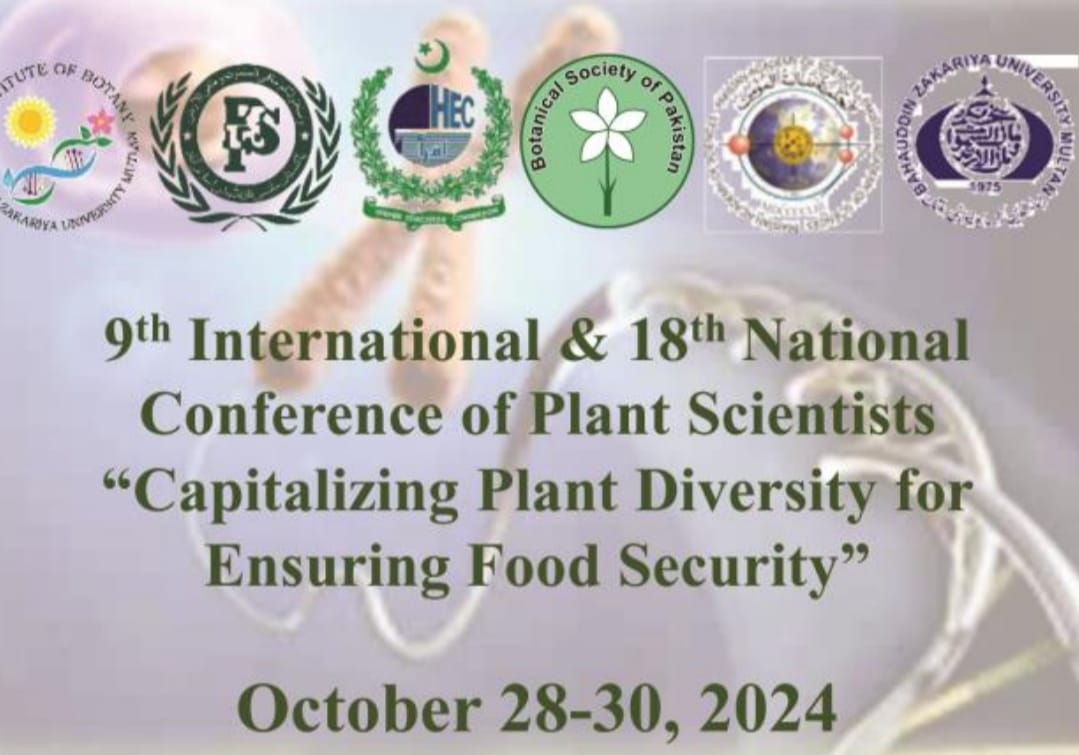
PJB-2023-567
Comparative evaluation of the proximate composition and antioxidant potentials of quince (Cydonia oblonga Miller.)
Syed Hassan Ali Shah, Mohammad Nisar, Mohammad Ihsan, Muhammad Zahoor, Nausheen Nazir and Amal Alotaibi
Abstract
This study was aimed to determine the proximate composition and antioxidant potentials of Quince genotypes. The proximate composition was estimated using the reported literature methods whereas the antioxidant potentials were determined using DPPH and ABTS assays. The possible phyto-constituents were identified using an HPLC Agilent 1260 system. The highest protein contents were present in genotype collected from Nalkot whereas lowest in Dardyal genotype. In leaves protein ranged from 0.41 to 0.6%. Crude fibers in fruit ranged from 13.89 % to 19.5 %, with highest contents in Malam Jaba genotype whereas, in leaves they were estimated from 14.83% to 19.69%. Ash content of the fruit ranged from 3.09% to 5.4% and in leaves from 3.91% to 7.3%. The highest carbohydrate value was recorded for Nalkot genotype. Fats (lipids) in fruit ranged from 0.38% to 0.93% whereas in leaves they ranged from 0.27% to 0.81% with highest contents in Charbagh and Tindodag genotypes. The estimated moisture contents in fruit were 55.69% to 68.73% whereas in leaves moisture contents ranged from 55.44% to 73.88%. The HPLC analysis revealed a numbered of compound peaks however only five of them were identified following spiking technique (Malic acid, Galic acid, Mandelic Acid, Phloroglucinol and Hydroxy Benzoic acid). The DPPH radical inhibitions of fruit extracts were; 79±0.1, 66±0.5, 64±1.2, 60±1.1, 62±1.5, 64±0.1, and 66±1.4 of the tested concentrations. The fruit sample collected from Tindodag genotype caused significant inhibition in comparison to standard ascorbic acid. The leaves samples inhibited the DPPH free radical by 62±1.2, 55±1.4, 60±1.5, 65±1.8, 62±1.4, 640±1.2, and 60±1.8. The extent of ABTS inhibition were; 76±0.1, 68±1.5, 66±1.2, 55±1.3, 60±.1.5, 66±0.5, and 63±0.5 for fruit samples whereas for leaves samples the recorded values were; 60± 0.5, 57±1.5, 63±.0.2, 63±.0.5, 60±1.2, 65± 0.5, and 55±0.2. Tindodag genotype fruit and leaves have caused significant inhibition as compared to the used standards. This study suggests that cultivation of Tindodag genotype in other areas might be encouraged to get highly nutritious fruit having health benefits as well.
To Cite this article: Shah, S.H.A., M. Nisar, M. Ihsan, M. Zahoor, N. Nazir and A. Alotaibi. 2025. Comparative evaluation of the proximate composition and antioxidant potentials of quince (Cydonia oblonga Miller.). Pak. J. Bot., 57(4): DOI: http://dx.doi.org/10.30848/PJB2025-4(35)
Download PDF


